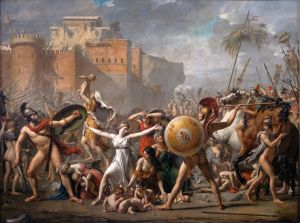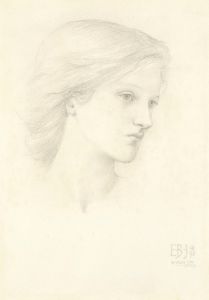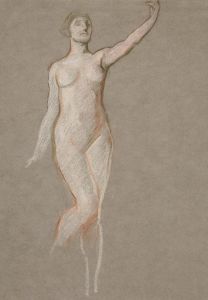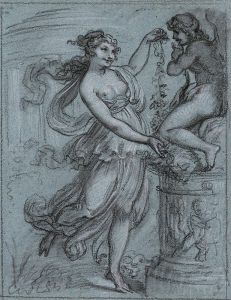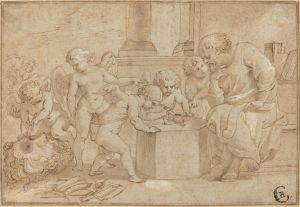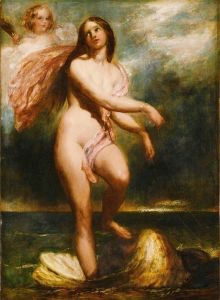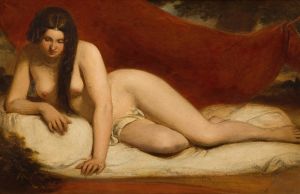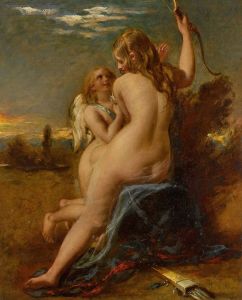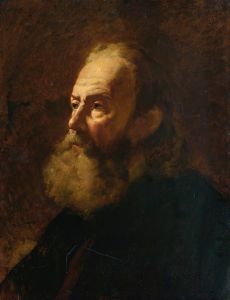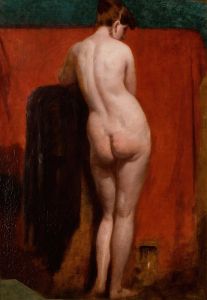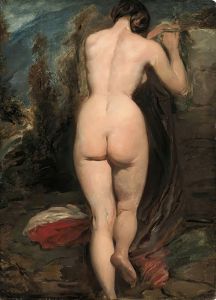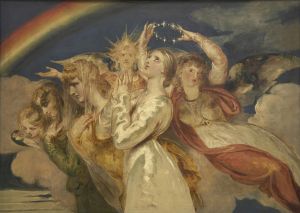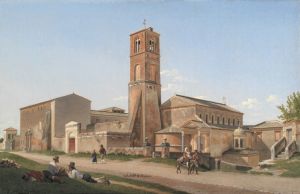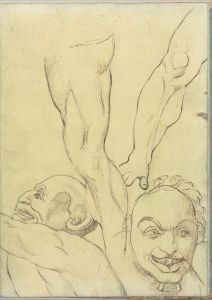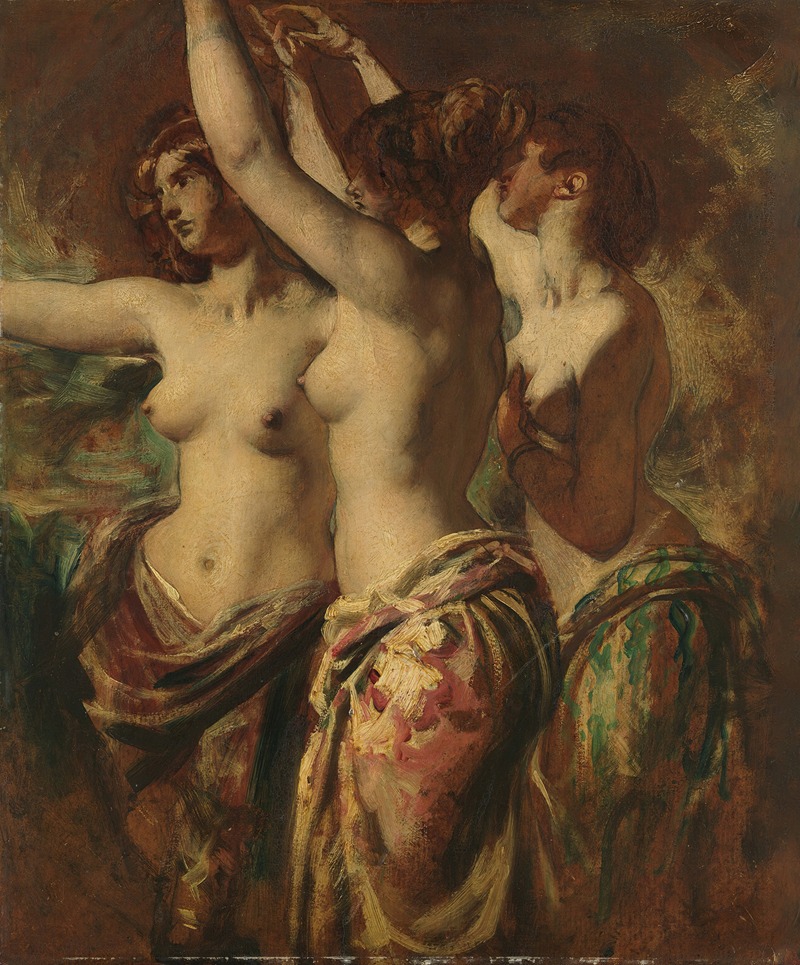
The Three Graces
A hand-painted replica of William Etty’s masterpiece The Three Graces, meticulously crafted by professional artists to capture the true essence of the original. Each piece is created with museum-quality canvas and rare mineral pigments, carefully painted by experienced artists with delicate brushstrokes and rich, layered colors to perfectly recreate the texture of the original artwork. Unlike machine-printed reproductions, this hand-painted version brings the painting to life, infused with the artist’s emotions and skill in every stroke. Whether for personal collection or home decoration, it instantly elevates the artistic atmosphere of any space.
William Etty's painting "The Three Graces" is a notable work by the English artist, who was renowned for his depictions of the human form, particularly in mythological and historical contexts. Etty, born in 1787 in York, England, was a prominent figure in the 19th-century British art scene. He was known for his vibrant use of color and his ability to capture the beauty and complexity of the human body.
"The Three Graces" is one of Etty's many works that explore classical themes. The painting depicts the three daughters of Zeus from Greek mythology: Aglaea, Euphrosyne, and Thalia. These figures, known collectively as the Charites or Graces, are often associated with beauty, charm, and grace. In classical mythology, they were considered the personifications of these qualities and were frequently depicted in art and literature as companions of the gods, particularly Aphrodite, the goddess of love and beauty.
Etty's rendition of "The Three Graces" reflects his academic training and his admiration for the Old Masters, particularly the works of Titian and Rubens, who also explored similar themes. Etty studied at the Royal Academy of Arts in London, where he was influenced by the techniques and compositions of these earlier artists. His dedication to the study of the nude figure was somewhat controversial in his time, as it challenged the more conservative norms of British art.
The painting showcases Etty's skill in rendering the human form with a sense of realism and vitality. His use of color and light creates a dynamic composition that highlights the physical beauty and elegance of the three figures. Etty's attention to detail and his ability to convey texture and movement are evident in the way he paints the skin tones and the drapery that adorns the figures.
Etty's work, including "The Three Graces," was met with mixed reactions during his lifetime. While some praised his technical skill and his bold approach to the nude, others criticized his work for what they perceived as an overemphasis on sensuality. Despite this, Etty remained committed to his artistic vision and continued to produce works that celebrated the human form.
Today, "The Three Graces" is appreciated for its artistic merit and its place within the broader context of 19th-century British art. It exemplifies Etty's contribution to the Romantic movement, which emphasized emotion, individualism, and a fascination with the past. His work paved the way for future generations of artists who sought to explore similar themes with a focus on beauty and the human experience.
Etty's legacy is preserved in various collections, including those of major British institutions such as the Tate Gallery and the York Art Gallery, which house many of his works. "The Three Graces" remains an important example of Etty's oeuvre, reflecting his mastery of the human form and his dedication to the artistic ideals of his time.





